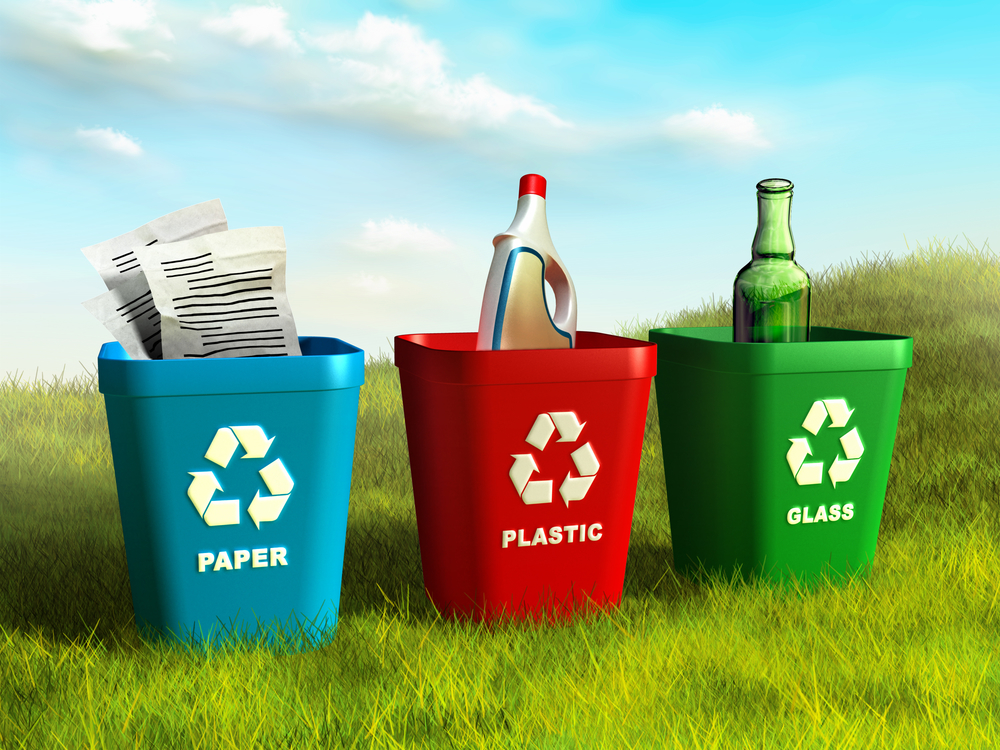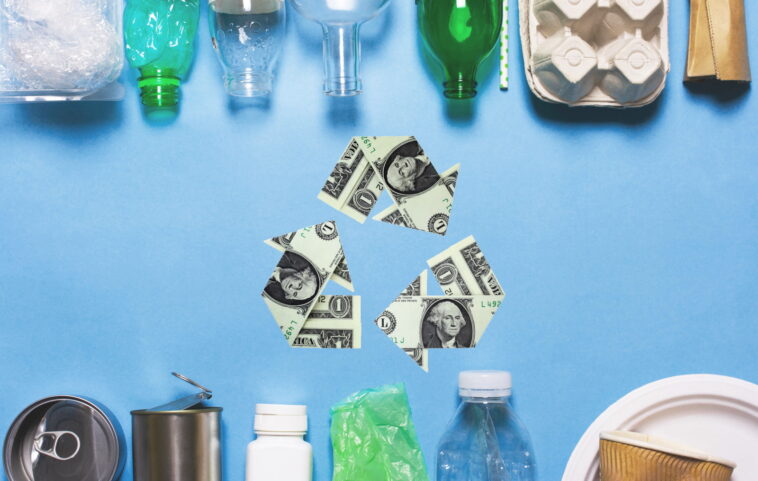Recycling has the potential to benefit the planet, as well as individual recyclers, in many ways. It reduces the demand for finite materials. It makes better use of materials currently in circulation. And it greatly increases overall efficiency. But on an industrial scale, recycling poses additional challenges; what does it take to make an industrial recycling program effective?
What Is an “Effective” Industrial Recycling Program
First, what does it mean to have an industrial recycling program that’s considered effective? After all, different organizations may deploy industrial recycling programs with different goals or visions in mind.
Typically, industrial recycling programs have multiple simultaneous goals:
- Cost savings. Recycling can often reduce costs, eliminating or significantly reducing waste disposal costs. At the same time, increased rates of recycling can lead to new sources of revenue via making use of recycled materials.
- Reduced environmental impact. The core aim of recycling is often to reduce environmental impact. Recycling is a way of conserving finite resources, minimizing pollution emissions, and potentially reducing energy requirements for new production.
- Regulatory compliance. In many areas throughout the world, there are strict waste disposal laws that dictate how and when businesses dispose of materials. Implementing recycling procedures could help you maintain your regulatory compliance.
- Brand reputation. Stepping up your recycling efforts can also boost your brand reputation. Clients and business partners may be more likely to work with you, or may be more loyal to you if they perceive you as environmentally responsible.
- Employee engagement and retention. Similarly, your employees may be more engaged if you practice responsible industrial recycling; this should make recruiting easier and reduce employee turnover.
Maybe all of these goals are relevant to your organization, or maybe only some of them are. You’ll need to decide on a definition of effectiveness for your unique business position.
That said, we can consider any industrial recycling program to be effective if it carries a net benefit for the organization. Remaining compliant with the law, reducing your environmental impact, and doing so cost effectively is plenty to reach “effective” status.
Of course, many business owners aren’t content to simply reach a minimum threshold for effectiveness. They want to make their industrial recycling program as effective as possible, reducing costs while improving peripheral benefits at the same time.
Steps to Implementation

If you want to make your industrial recycling program effective, you’ll need to go through all of the following steps:
- Assessment and initial planning. Everything starts with assessment and initial planning. Your business can conduct a waste audit, set specific recycling goals, and put together a recycling team to brainstorm new processes and implement new directives. You’ll also need to dedicate time to understanding local recycling laws and requirements.
- Culture changes. You’ll also need to think about your organizational culture. It’s much easier to create and follow a consistent industrial recycling program if all your employees share the priority of environmental sustainability.
- Employee education and training. Make sure all your employees understand the goals of your new recycling program, as well as the guidelines for following it. Provide ample training and listen to employee feedback to catch potential issues early.
- Infrastructure and logistics. Next, you’ll need to start developing the infrastructure and logistics of your industrial recycling program. Establishing recycling bins, creating overarching systems, and developing or modifying workflows are essential steps.
- Material collection. Which types of materials produced or used by your facility are recyclable? Work to understand these materials, establish a process for their collection, and work with specific recycling partners who can reliably process these materials.
- Tracking and reporting. You should have some system of tracking and reporting in place as well. You need to monitor the effectiveness of your recycling program to identify areas for potential improvement, but this is also important for consistent sustainability reporting.
- Continuous improvement. The continuous improvement philosophy calls for ongoing, iterative improvement of structures and processes. You’ll need to follow this here if you want to keep pushing your industrial recycling program to new levels of effectiveness.
- Compliance and documentation. Verify that you’re following all local laws and regulations for industrial recycling. It’s also important to put documentation procedures in place so you can record and prove all your recycling activities.
- Evaluation and adjustment. Finally, you’ll want to undergo periodic evaluation and adjustment. At regular intervals, audit your industrial recycling processes to see if you’re meeting your goals and performance thresholds; if you aren’t, you’ll need to make some changes.
Cost-Benefit Analysis

A cost-benefit analysis is pivotal in any recycling program. This process assesses the financial impact of recycling initiatives, weighing the potential savings against the costs involved. By conducting this analysis both before and during the implementation of a recycling program, organizations can gauge its economic feasibility and effectiveness. This analysis helps in identifying areas where recycling can be most beneficial and in making informed decisions on resource allocation. It’s a tool that not only provides a clear picture of the financial implications but also helps in justifying the investment in recycling efforts to stakeholders.
Waste Reduction Strategies
Effective waste reduction strategies are essential in any industrial recycling program. Reducing waste generation at the source can significantly impact the overall efficiency of recycling. Optimizing production processes to minimize waste, using sustainable materials, and reducing packaging waste are key measures. These strategies not only reduce the environmental impact but can also lead to cost savings. Emphasizing sustainable practices in the early stages of production can substantially decrease the volume of waste needing recycling or disposal.
Technology Integration
Integrating technology into recycling programs can greatly enhance their efficiency and effectiveness. Software solutions and technologies aid in tracking, reporting, and optimizing recycling efforts. Tools like waste management software provide valuable data analytics, offering insights into the volume of waste generated, recycled, and diverted from landfills. This data is crucial for the continuous improvement of recycling processes. Additionally, technology can streamline program management, making it easier to monitor compliance with regulations and sustainability goals.

Supplier and Vendor Engagement
Involving suppliers and vendors in recycling efforts is crucial for holistic sustainability. Collaborating with supply chain partners can lead to more sustainable procurement practices and a reduction in overall waste. Encouraging suppliers to adopt eco-friendly practices and to use recyclable materials can significantly amplify the impact of an organization’s recycling efforts. This collaboration fosters a culture of sustainability that extends beyond the immediate boundaries of the organization.
It’s not easy to implement an industrial recycling program, and it’s even harder to make one perfectly efficient. However, any efforts you make to improve recycling in your business are likely to pay off if you implement them with a clear plan and a willingness to adapt.




